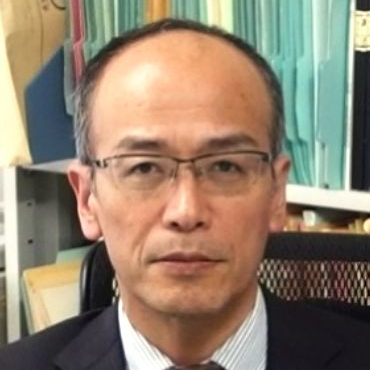Three-dimensional Nanomaterials for Energy Storage and Conversions
A special issue of Nanomaterials (ISSN 2079-4991).
Deadline for manuscript submissions: closed (1 June 2018) | Viewed by 38507
Special Issue Editors
Interests: fabrication of metal oxides by electrochemical approaches; micro/nano-structuring by electrochemical approaches; development of next-generation capacitors; development of electrocatalystsand sensors
Special Issue Information
Dear Colleagues,
In recent years, three-dimensional nanomaterials have attracted extensive attention as electrode materials for energy storage and conversion applications, including rechargeable batteries, supercapacitors, and electrocatalysts. Their characteristic structures and properties can be achieved by a unique growth process of materials and/or the use of substrates with 3D structures. The designed nanomaterials can allow the penetration of electrolytes, shorten the ion diffusion distance, and improve electron transfer. Moreover, a porous 3D electrode increases the mass loading of electroactive materials. In this Special Issue, we would like to invite you to submit an original research paper or review paper, which deals with the synthesis, characterization, and applications of energy storage and conversion of three-dimensional nanomaterials consisting of, for example, carbon (particularly, carbon nanotubes, graphene, and mesoporous carbon), metals and metal oxides, conducting polymers, metal organic frameworks, and their hybrids.
Prof. Masaharu Nakayama
Prof. Minato Egashira
Guest Editors
Manuscript Submission Information
Manuscripts should be submitted online at www.mdpi.com by registering and logging in to this website. Once you are registered, click here to go to the submission form. Manuscripts can be submitted until the deadline. All submissions that pass pre-check are peer-reviewed. Accepted papers will be published continuously in the journal (as soon as accepted) and will be listed together on the special issue website. Research articles, review articles as well as short communications are invited. For planned papers, a title and short abstract (about 100 words) can be sent to the Editorial Office for announcement on this website.
Submitted manuscripts should not have been published previously, nor be under consideration for publication elsewhere (except conference proceedings papers). All manuscripts are thoroughly refereed through a single-blind peer-review process. A guide for authors and other relevant information for submission of manuscripts is available on the Instructions for Authors page. Nanomaterials is an international peer-reviewed open access semimonthly journal published by MDPI.
Please visit the Instructions for Authors page before submitting a manuscript. The Article Processing Charge (APC) for publication in this open access journal is 2900 CHF (Swiss Francs). Submitted papers should be well formatted and use good English. Authors may use MDPI's English editing service prior to publication or during author revisions.
Keywords
- Three-dimensional
- Energy storage and conversion
- Batteries
- Supercapacitors
- Electrocatalysts
- Carbon
- Metal oxides
- Nanohybrids







